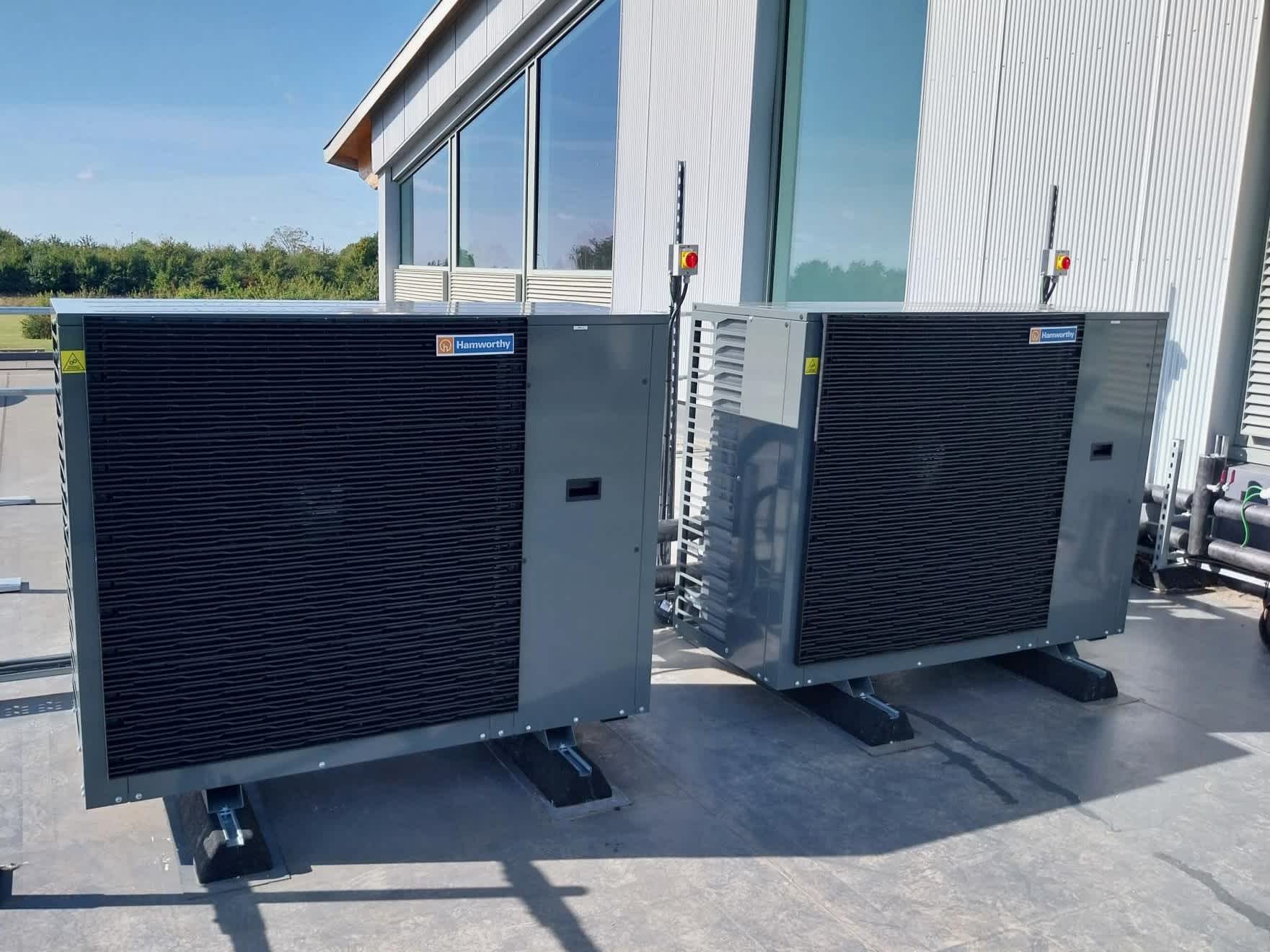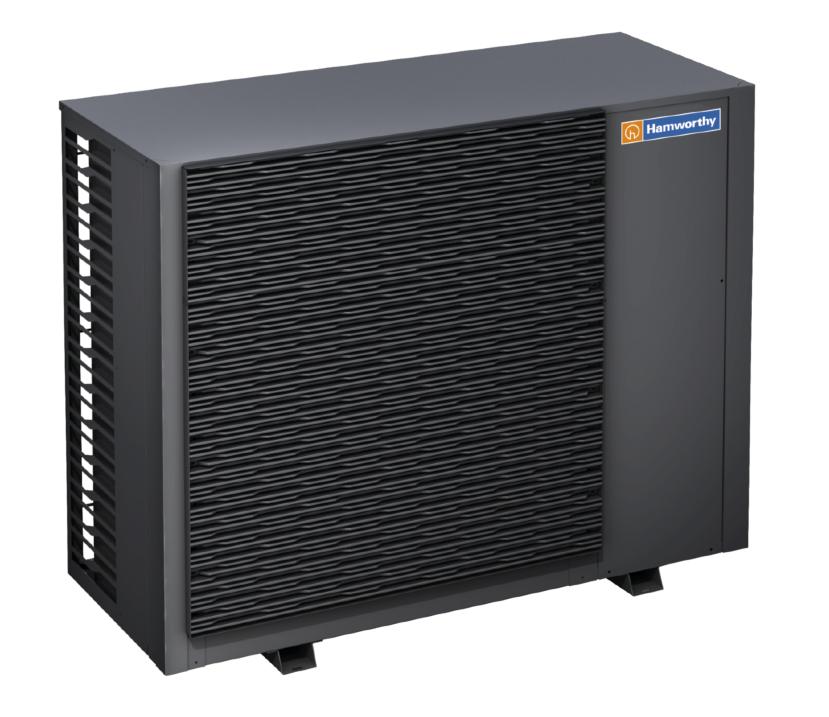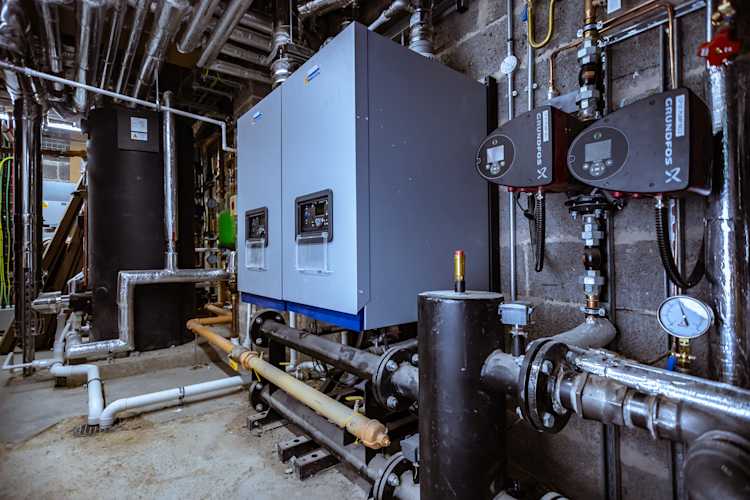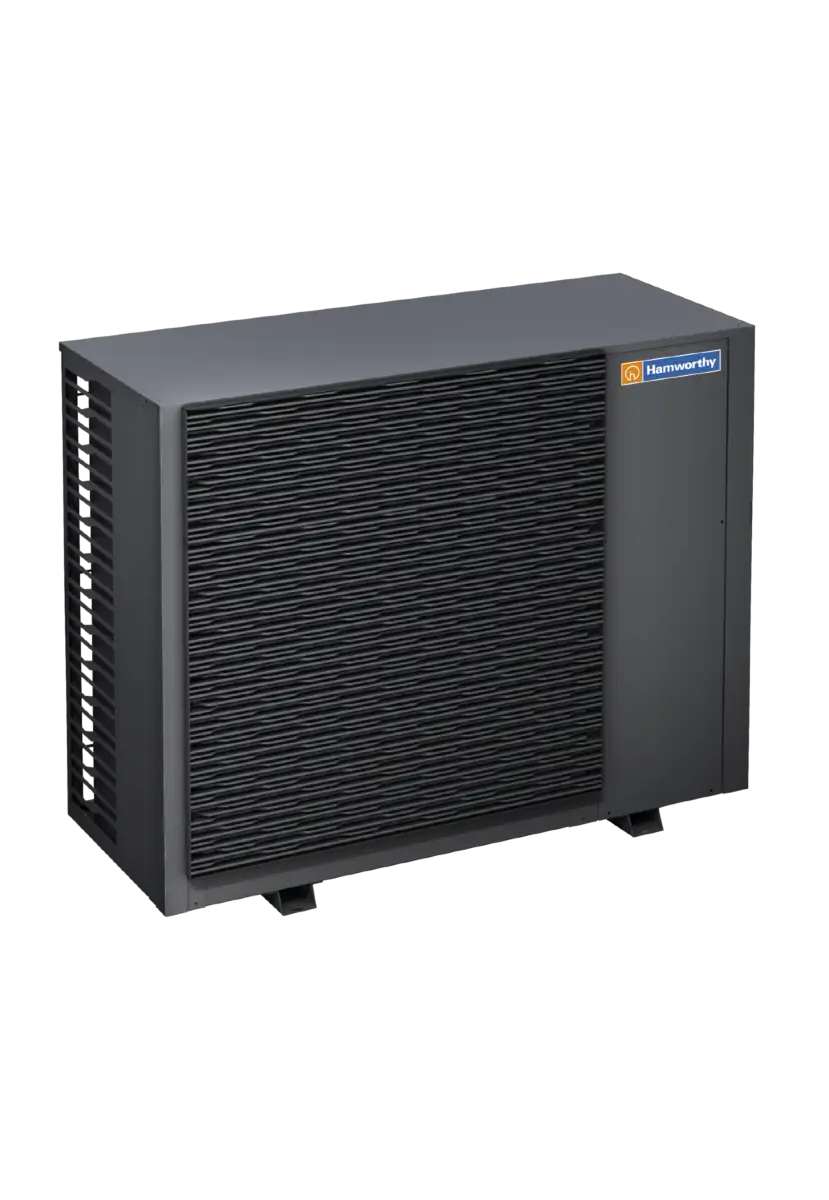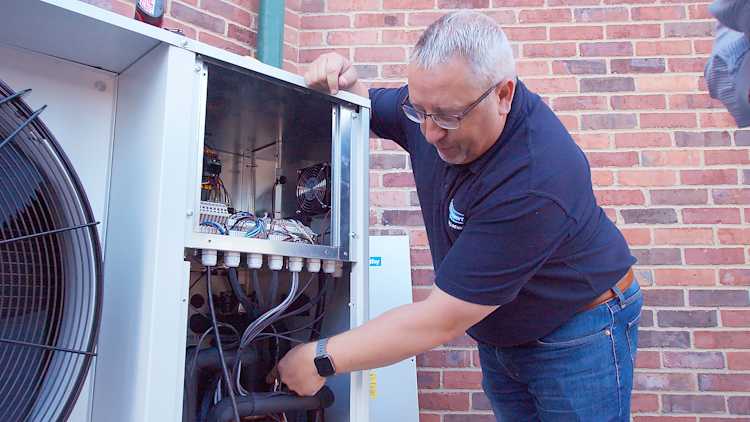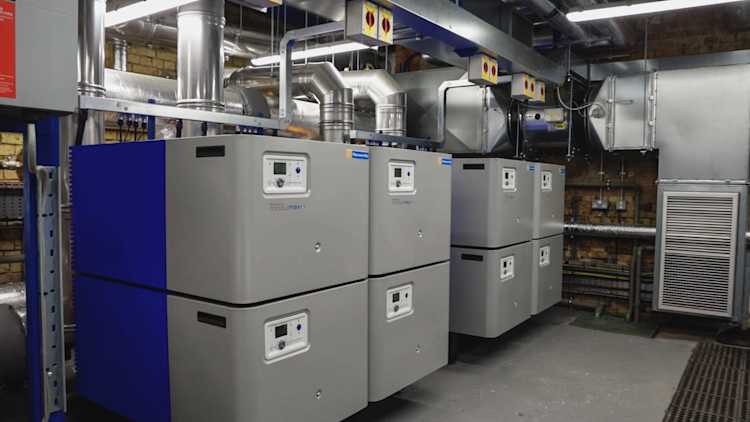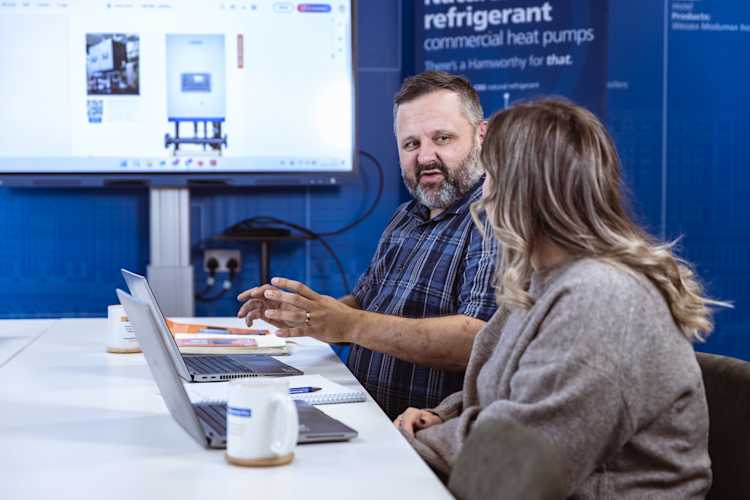Specifying hybrid heat pump systems in the transition to low carbon energy
The role of heat pumps in the journey to net zero
As part of the ambitious plan to achieve net zero emissions by 2050, the Government’s Future Homes and Buildings Standard will see the banning of gas boilers in new builds from 2025 and instead require installation of alternative low carbon heating. With the potential to reduce carbon emissions by up to 70%, heat pumps have therefore become prime for specification and installation in both new and retrofit properties.
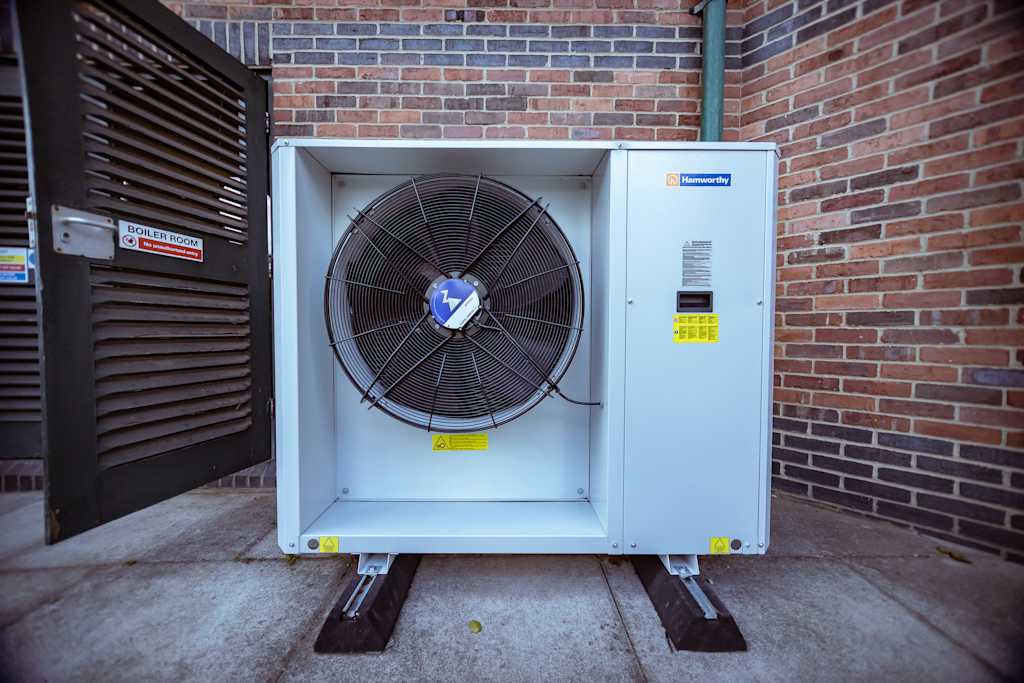
However, there is a much bigger market and it’s one that needs careful consideration – existing buildings retrofit properties and their current existing heating and hot water systems. While the installation of heat pumps will play a large part in helping the Government achieve its net zero target – air source heat pumps (ASHPs) can fit almost anywhere: retrofit or new build, domestic or industrial and commercial, mixed-use developments – but what about the opportunity in buildings that are not ready to rely completely on low carbon heating systems? Especially following the extension to the ban of new gas boiler sales for existing dwellings to 2035; retrofitting low carbon solutions that meet Part L regulations brings with it options, as well as challenges, for consultants and specifiers.
When to specify hybrid heating?
In some buildings, installing and running a heat pump alone may simply be too costly when compared to a high-efficiency gas boiler. This may be because of the amount of thermal energy available to the heat pump and so it has to rely more on electricity powered from the grid which can be three to four times more expensive than gas. Or, because the building has too high a heat demand for a standalone commercial heat pump and/or is unable to fund the cost of arranging a DNO (Distributor Network Operator) to connect to the grid for a larger heat pump installation. In these scenarios, a hybrid or bivalent system which combines heat pumps and high-efficiency gas boilers, may aid in bridging these gaps. This could be by acting as a ‘top-up’ to the heat pump so that during very cold weather the boiler kicks-in to meet the building’s heat demands. Or, if heating demands change in renovations, a low carbon heat pump can be added so that it works together with existing heating technology and infrastructure whilst meeting the increased heat demand. A slight twist to the hybrid heat pump system setup, heat pumps can also be specified so that the heat pump solely supplies heating to the building’s radiators, whilst the gas boiler heats the water. In this instance, the heat pump and gas boiler are working alongside each other rather than together.
Optimizing specifications
Whichever hybrid setup, this heating system can then be optimised to take into account the cost of electricity and gas, so that the gas boiler only operates when it is cheaper to run than the heat pump, for example. This makes it not only a low carbon solution for buildings which are not able to rely on a heat pump alone, but also a cost-efficient one too.By optimising how and when hybrid systems run, buildings can benefit from high heating efficiency, reduced carbon emissions and ultimately lower heating costs. A hybrid heating system can therefore help break down the barrier for buildings looking to upgrade or replace existing systems with low or no carbon heating technology, helping the end user meet their own carbon emission targets.
Preparing for the future with Hamworthy
Understanding the end goal for retrofitting heat pumps and boiler replacements, together with the practical installation and running costs, is therefore key for specifying whether to install a standalone heat pump, upgrade the existing setup or design a hybrid boiler and heat pump system.With over 100 years’ experience, Hamworthy Heating provides commercial consultants and specifiers find the most energy-efficient heating and hot water system for their projects. This specialist knowledge is built up from decades of experience in researching, designing and building market-leading products in the UK including the Tyneham commercial air source heat pump. For more information and support with the specification of hybrid heating systems, contact your Area Sales Manager, or read this case study to see how we helped Sunderland City Council specify a hybrid heat pump system for the Stansfield Business Centre.

